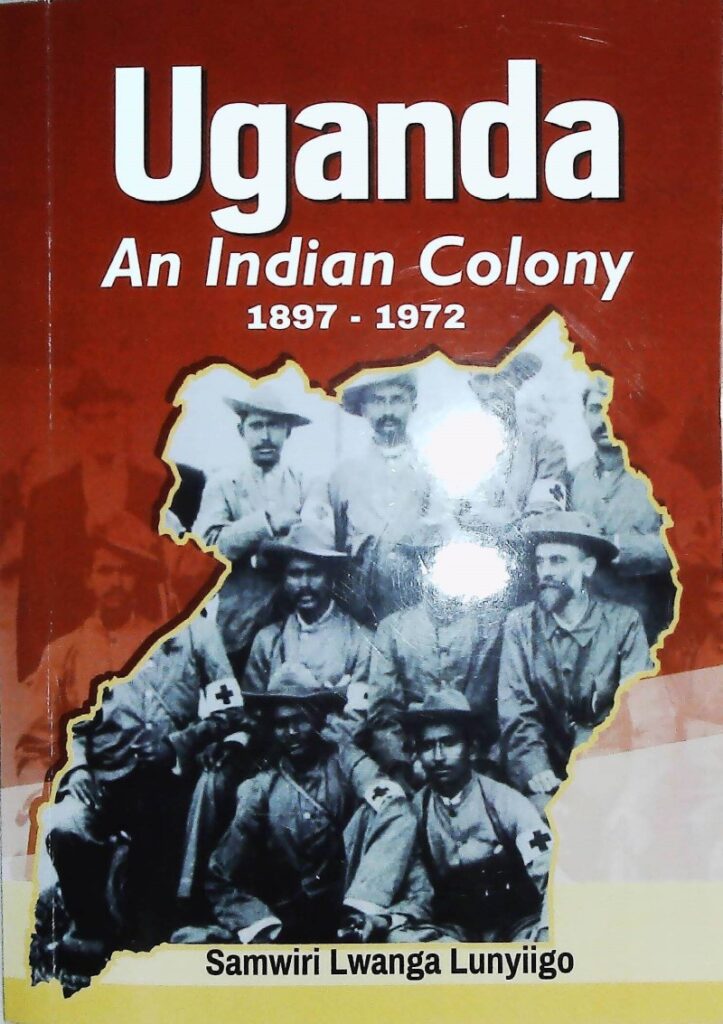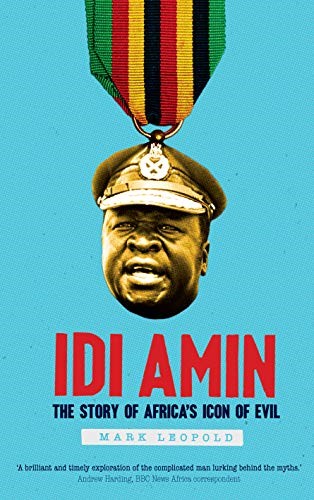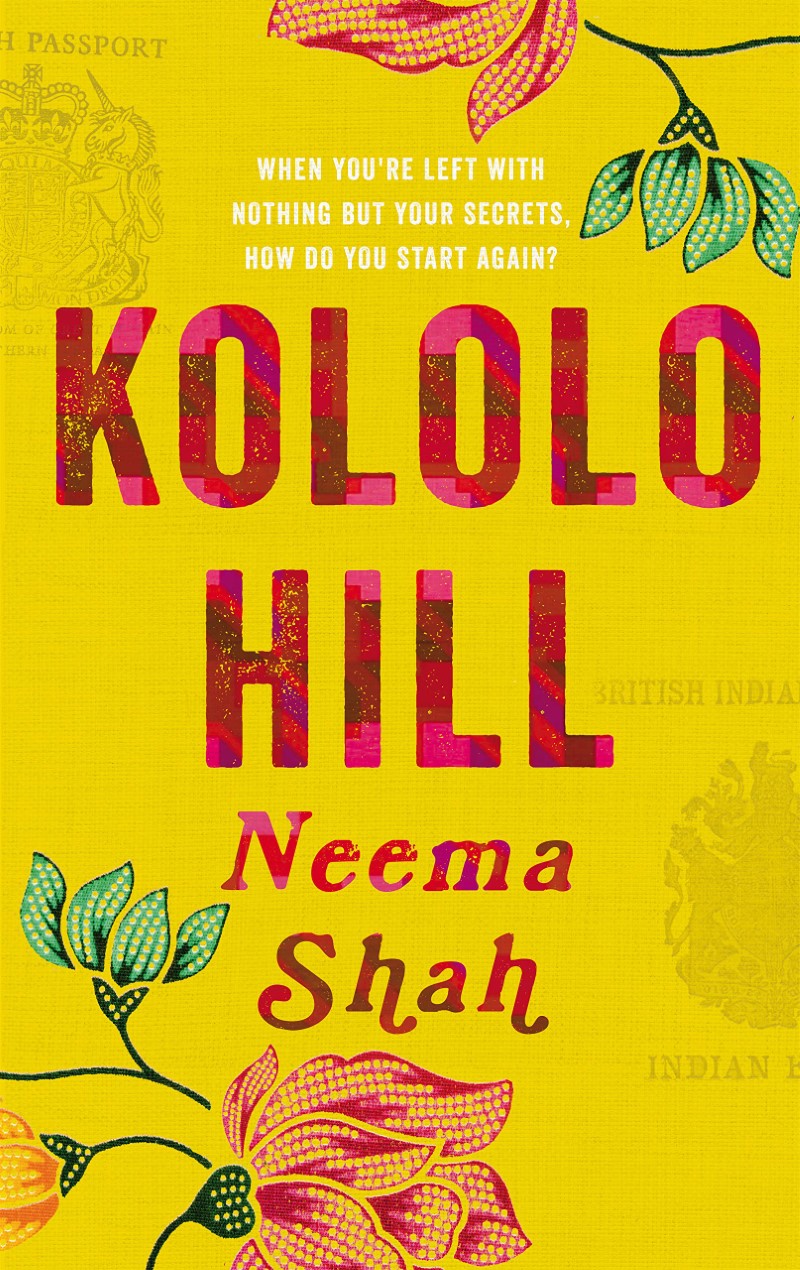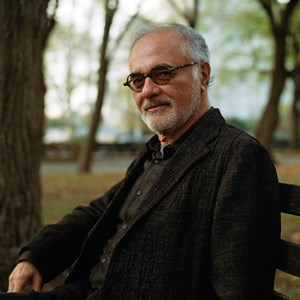
Learning is both an individual and a collective experience. One way to answer the question is to identify new knowledge on the expulsion, produced over the past fifty years. My suggestion is to focus on four books:
The first is Ian Sanjay Patel’s study of British immigration policy, Ian Sanjay Patel, We’re Here Because You Were There: Immigration and the End of Empire, London and New York: Verso, 2021.
Imperial policy was formulated during the colonial period, particularly in response to the post-war anti-colonial movement. The imperial response was a set of concessions known as ‘Africanisation’. Some things changed, others did not. At the heart of what did not change was the continued definition of the African as a racial being and the ‘other’ as a ‘non-African’.
The great strength of African societies in the pre-colonial period had been the ability to absorb newcomers, immigrants. The Baganda, for example, are said to have begun as fourteen clans and over centuries absorbed immigrants and subjects, growing into 50 plus clans.
The newly independent East African countries followed the colonial tradition, and not the tradition of pre-colonial societies. The clause on ‘citizenship’ in the independence constitution of Uganda distinguished ‘indigenous’ from ‘non-indigenous’ residents, not those born in Uganda from those not. Indigeneity was defined by having at least one grand-parent born in Uganda. This ruled out at least 90% of Asian residents of Uganda from a birth right to citizenship.
Sanjay Patel’s book begins with the 1968 act which identified British citizens by the color line: white and non-white; historical and non-historical; distinguishing kith and kin from others. During the Asian expulsion, the British cabinet and bureaucracy came up with a new language to make this same racialized distinction: ‘belongers’ vs UKPH (United Kingdom Passport Holders). Soon, the UKPH became ‘refugees’.
The effect of these two sets of legislations, in Uganda and Britain, was like that of a pincer movement which disenfranchised many before any were expelled. These many ran into tens of thousands.


Uganda Asians as Victims
There has developed, since 1972, a global industry portraying Uganda Asians as victims. Few of us in the first generation wrote of our experiences. As a people, we were not chroniclers. We were also not given to reflecting on our own experiences critically. It is our children – second generation – who have attempted to address this deficit in mainly hand-me-down stories, gradually homogenized into victim narratives.
But Uganda Asians are a poor fit as victims.
For a start, the expulsion meant different things for different groups among Uganda Asians. For a substantial group, the lowest estimates are upwards of twelve thousand, the expulsion liberated them from an impossible situation.
According to intelligence reports, anywhere upwards of ten thousand Asian residents of Uganda had become stateless by the Amin coup of 1971. They were without a right to work in their country of residence. At first, they lived in places of worship – temples, mosques, gurudwaras. With an increase of numbers, they overflowed into one room tenements, in the words of Bob Astles, intelligence officer under both Obote and Amin, ‘in concentration camp like conditions.’
They celebrated the expulsion. The rest were among the losers, to one degree or another.
It is worth noting that there was no large-scale loss of life during the expulsion. In a land known for sporadic massacres, there were no massacres of Asians. When massacres happened, they were of ‘indigenous’ people. Also, there was hardly any large-scale theft. This should not be surprising. Given that the expulsion itself was one big generalized theft, it left little room for individual thefts. Amin’s soldiers were on the alert: their orders were to make sure that no ordinary soldier temper with property that was to pass on to one officer or another. The thefts that took place were few and in far off places.
There was one common loss among those who left Uganda. This was the loss of home. This loss of a place was common to all who were expelled. A sense of belonging develops over generations. The generation that was expelled lived as ‘strangers’, musafir in Hindustani where-ever they landed, as if always ready to pack their bags and leave at short notice.
The problem with the stream of literature, written or oral, that marks the commemoration of the 50th anniversary, is that it borders on a celebration of the victimhood of those expelled. What is fast coming to resemble an Expulsion Industry is marked by a singular lack of critical self-reflection. One book stands out in this chorus for its rare honesty. This is Neema Shah’s portrayal of an Indian family in her recent novel, Kololo Hill: A Novel, Picador, New Delhi, 2021. The novel is written through the eyes of Asha, the newly married Jinja-based daughter-in-law of a wealthy merchant family living on Kololo Hill. It narrates her day-to-day journey as one of discovery of lies and deceptions common to her shopkeeper husband Pran, opening her eyes to an entire culture of lies and deceptions that had become so much a part of Indian business lives that they seemed normal and no longer abherrant. Her world unravels, peeling like an onion, layer by layer, it brings daily business of the Asian merchant community to light and raises a big question mark about the now standard and uniform story of the Asian victims of theft, rape, violence, now commonplace in the genre of expulsion stories.
Amin as a Master Perpetrator
The flip side of Asian victim narratives has been another industry, equally a chorus, around the demonization of Amin the uncivilized brute. Mark Leopold’s 2020 book, Idi Amin, shines a critical light on the barrage of writings and media depictions of Amin that followed three expulsions, first of the Israelis, then of Uganda Asians, and then of the British. This is book neither on Amin, nor on his self-proclaimed victims, but on how the discourse on Amin changed direction from praising Amin, as a noble savage who delivered the country and the continent from the erratic dictatorship of Obote to demonizing the same Amin as an African Pol Pot (in the words of a British minister who had earlier ordered Amin’s assassination). Leopold’s point is that these books would be better read as a source of knowledge on those who write them than on Amin, their purported subject.

Lwanga-Lunyiigo’s Call for Critical Self-Reflection
The last book that merits inclusion in this slim reading diet is Lwanga Lunyiigo’s Uganda, an Indian Colony. Lunyiigo is a Makerere historian who had previously written two great books, one on Muwanga, the kabaka who fought the British at the turn of twentieth century, and the other on the land question. He is also a good friend. The title is a stunner. It provokes and compels the passerby to buy it. The title is a publisher’s dream. Most of us are used to thinking of Uganda as a British colony. But an Indian colony? Is this a commercial ploy, I asked myself? But then, almost habitually, I turned to the back side of the jacket which reads: ‘The long and short of this book is that it puts the spotlight on Indians in East Africa narrating them as deputy imperialists, sub-imperialist, privileged workers of the colonialists.’ The claim is both expanded, from Uganda Indians to East African Indians, and diminished, from colonialists to sub-colonialist.
According to this back side of the jacket, the Bahindi were really sub-imperialists. But this is hardly an original story. There has been a whole tradition of Ugandan writing that talks of Buganda as a sub-imperial power that was vital to the conquest of most of Uganda, starting with the conquest of the Kingdom of Bunyoro-Kitara. As the literature developed, the claim of sub-imperial powers who colluded with the colonial project changed into a recognition that it is the nature of colonialism which had changed, from ‘direct rule’ whereby imperial powers directly took on the task of conquest and administration to ‘indirect rule’ whereby it looked for local or not-so-local (but still colonized) junior partners who would act as shock absorbers in the dirty enterprise. That put paid to the sub-imperial paradigm. Why, one wonders, has Lwanga-Lunyiigo resurrected this paradigm, even if removing the qualifying adjective ‘sub-imperial’ in his title?
Good historians have the skill to dig into archives and come up with little known or even previously hidden facts. Lwanga-Lunyiigo is an impeccable historian, why it is difficult to dispute any fact in this book. But facts do not make an argument. It is the argument that provides the framework into which to arrange facts. The riddle of Lwanga-Lunyiigo’s book is that he announces the framework in the title, dilutes it in the back of the jacket, and abandons it in the bulk of the book. If the title sums up the argument, then the argument never appears in the rest of the book.
For Uganda Asians, it is important to read this book for it is sure to provide an important source of self-critique. When I read Lunyiigo’s account of the conferences Amin had held with Uganda Asian leaders in the months before the expulsion, I was outraged at the historical failure of these so-called leaders. Amin opened the first conference with a list of Indian shortcomings – social exclusion; a business culture rife with deception and lies; a self-justifying racism that rationalized petty privileges colonialism bestowed on them while at the same time blaming the British for the colonial legacy; and a lack of commitment to either the larger society or the country at large. He then went on to invite the same leaders to reflect as a community on the way forward. To which these so-called leaders responded with a refusal to do so – because we are a small group who can only leave it to the government to define the way forward, they said. At what was a critical juncture in the history of both the country and the Asian minority, this was akin to abdicating responsibility.
But this response also illuminated their larger character. The Asian leaders were an economic elite, not a political elite. They never aspired to power, unlike other minorities in the region, say white settlers, the Nubi or the Tutsi. Their political instinct was never to usurp power but always to shelter under those in power, to look up to them for a road map to a future. They aimed to control the market, not the state. Minorities who aspired to rule, like the Tutsi or the Nubi or white settlers, were at times the target of genocidal projects. But not the Asians; they would be expelled, not killed.
Asians in Uganda, as in East or Southern Africa, were immigrants, not settlers. The difference is telling: immigrants are prepared to be a part of the political community to which they move; settlers aim to create their own political community, a colony. Settlers are always at odds with the native communities among whom they live. It is difficult to find a settler without a gun. It is just as difficult to think of a dukawalla with a gun. As an individual, the Indian dukawalla is proverbially known for accommodation, even timidity. This is hardly the human materials from which to make conquerers or colonists. It is, though, the material from which to craft merchants. When an elite emerged from communities of dukawallas, they were an economic elite, not a political elite.
The political elite are more likely to strategize the future; the economic elite are more likely to accommodate to it. Even when champions of industry or trade, like the Guptas in contemporary South Africa or the Madhvanis under Obote 1, aim at ‘state capture’, they do so in collaboration with existing political leaders. They do not become political leaders; at most, they look for ministers, even presidents, under whose wings to nestle.
There are, of course, exceptions, such as Rajat Neogy, the editor of Transition in Uganda at the dawn of independence, or Pio Pinto Gama and Makhan Singh and others in Kenya. But they were not ‘Asian’ political leaders, neither in their calling, nor their imagination nor the nature of the following they mobilized. May be this is why they do not find a place in Lwanga-Lunyiigo’s narrative. For they do not fit his argument.
Commemoration of the 50th year of the Expulsion of Asians from Uganda. A Public Lecture was held in Makerere University, Kampala on 16 August 2022. The speaker was Prof. Mahmood Mamdani. Topic: What have we learnt over a half century? Discussants were: Prof. Sylvia Tamale, Hon. Betty Migombe, Prof. Samwiri Lwanga-Linyiigo.





